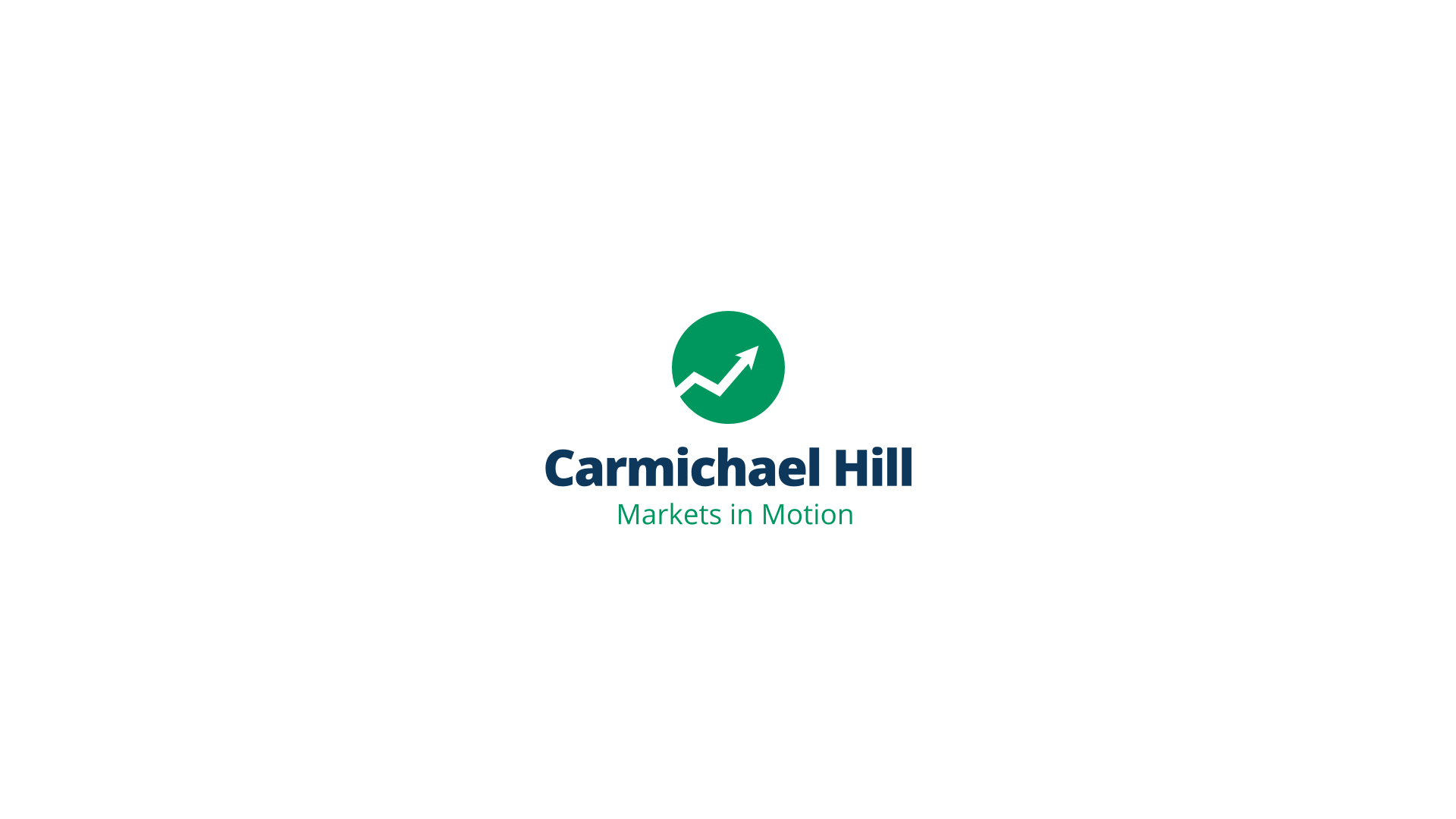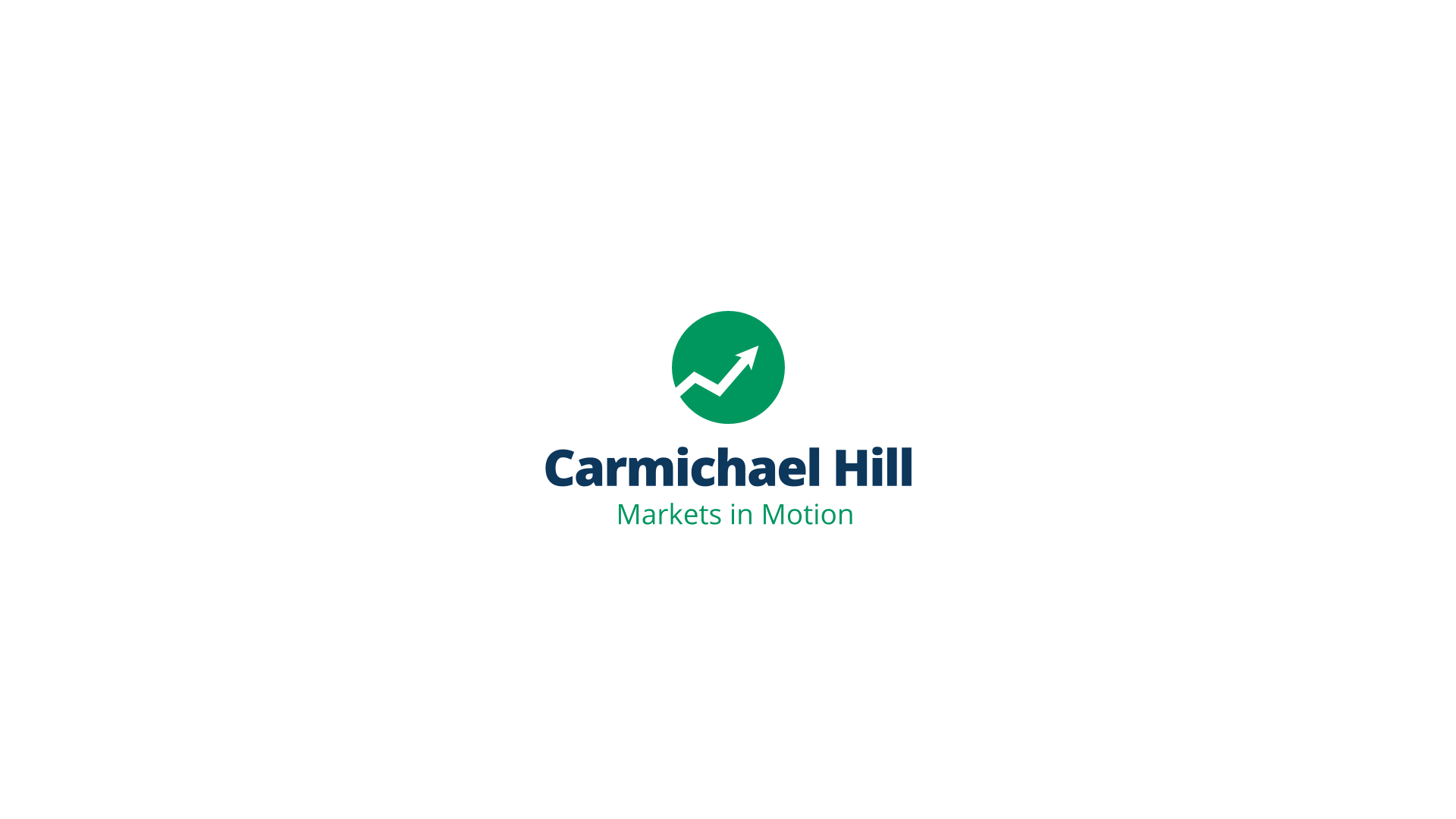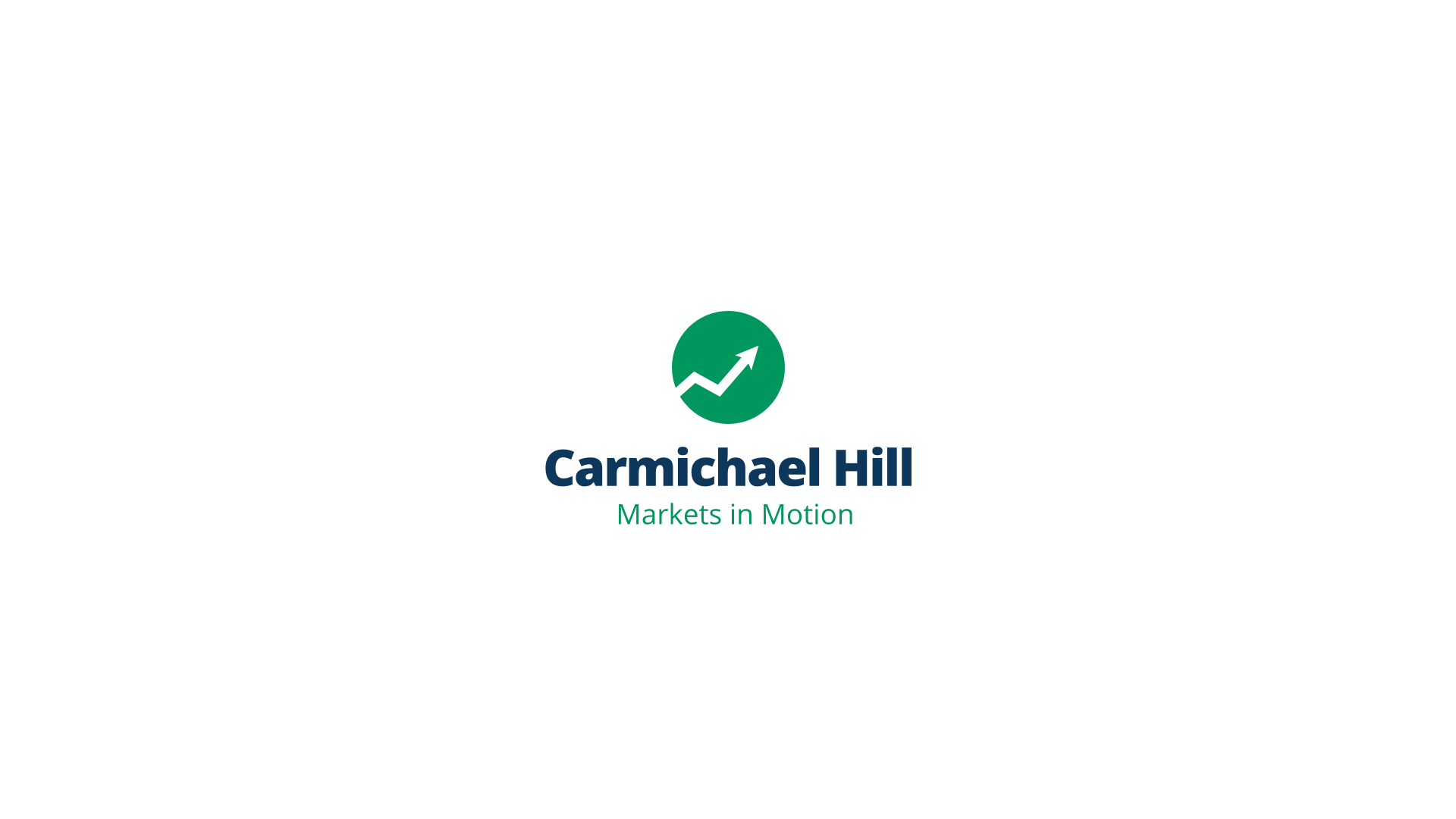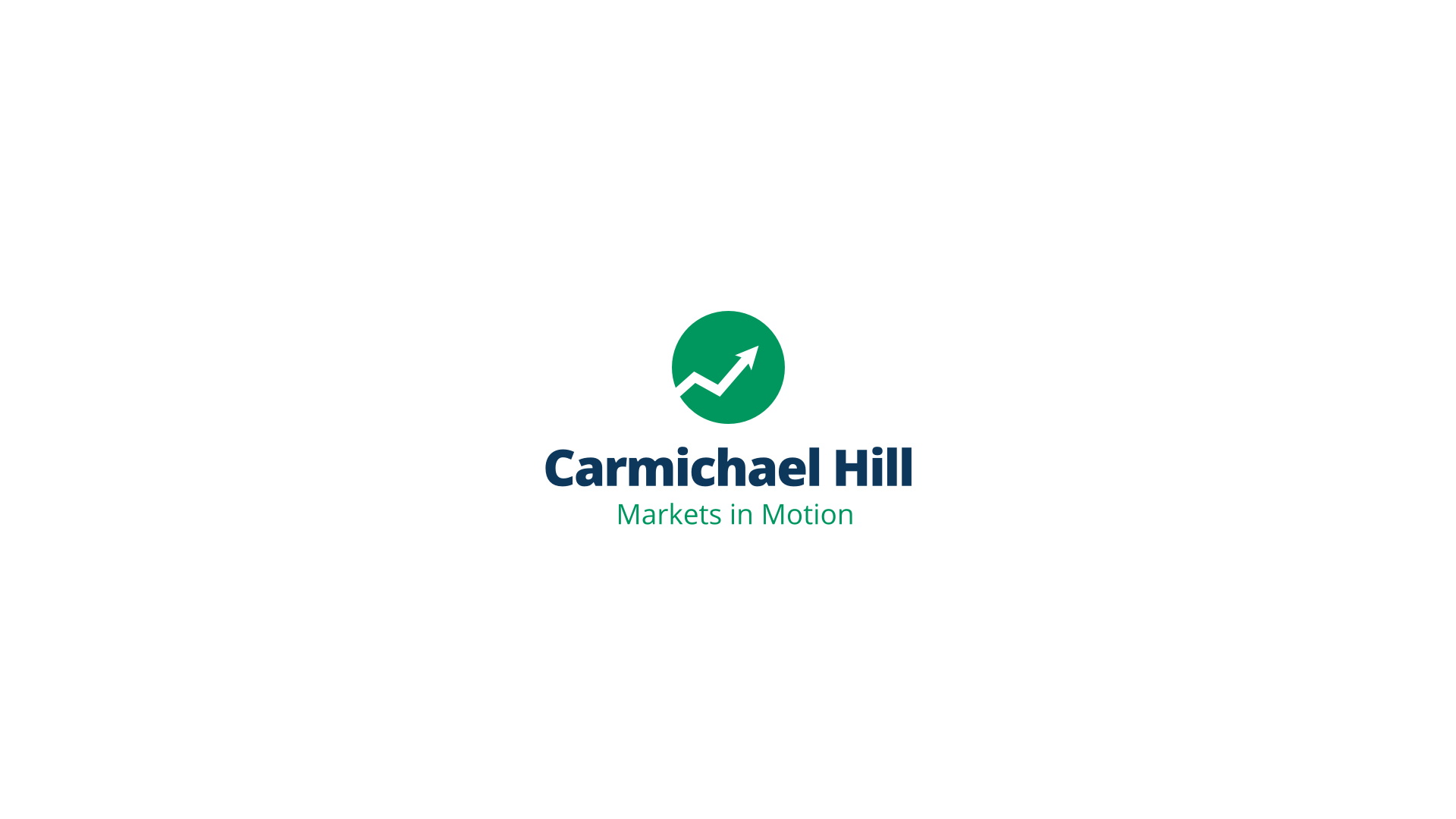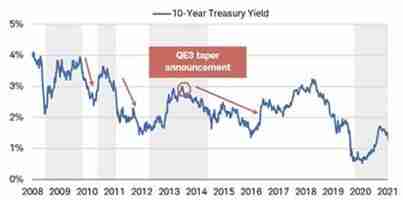Matt Bacon Sept 25th
SPAC is shorthand for Special Purpose Acquisition Company, and if that’s a new term for you keep reading. This is the latest financial innovation to gain popularity on Wall Street and money is currently flooding in. 82 SPACs went public this year with a record $31bn raised and we still have three more months before the years’ end. Fund flows are likely to keep trending this direction as investors hungry for overnight success look for an easy win. Sadly, SPACs probably won’t be the saving grace many believe them to be.
SPACs have no commercial operations
You read that correctly. These are vehicles that are set up strictly to acquire other companies. They provide no goods or services and only exist on paper.
They have no stated goals
SPACs don’t tell their investors what they’re buying. This is why they’re frequently called “blank check” companies. At the time of their IPO, they have no business operations and no stated targets for acquisition.
They come with an expiration date
A SPAC has two years to snap up a company. They have to return money to investors if they can’t get a deal done in that timeframe. Wall Street hates having to return money, which means these SPACs typically manage to buy something. But as the adage goes, when you’re looking for a deal you rarely find a good one.
All the cool kids are using them
Former Vice Presidential candidate and Speaker of the House Paul Ryan has sponsored a SPAC, as has former Oakland A’s manager and famed Moneyball protagonist Billy Beane. Traditional Venture Capitalists (VCs) are flocking to them as well, with Pershing Square’s Bill Ackman launching the largest SPAC ever this year with a record $4bn raised!
They can expedite the Initial Public Offering (IPO) process
The Sarbanes-Oxley Act (SOX) of 2002 was born out of the dotcom crash as a law meant to help protect investors. Compliance with the act is costly and time consuming for private companies. Selling shares of a company to a SPAC, which is already public and SOX compliant, can be a cheaper and faster option than an IPO for companies that are ready to go public.
Managers make sweet fees
Manager fees in a SPAC generally run about 2% of the SPAC value plus $2m. The 2% is usually earmarked for the underwriter’s fees involved in going public. The $2m generally covers operating expenses and a reserve for the ongoing due diligence process involved in finding a deal.
They usually come with warrants
SPAC investors that buy shares are typically given warrants as well, which is a security that allows the investor to buy more stock of the issuing company for a preset price at a future date. Think of it like a signing bonus – it’s a little sweetener to motivate you to sign on the dotted line and buy in.
They tend to buy larger companies
There is no maximum size target company for a SPAC to acquire, just a minimum threshold (no less than 80% of SPAC value). Many SPACs look to acquire companies with greater market cap than their own. Shortfalls are frequently made up from PIPE deals (Private Investments in Public Equities).
Investors can vote and opt-out
Although SPAC investors don’t select the deal(s), they can vote to opt-out of any target opportunity and receive a reimbursement. This provides an advantage over the “blind pools” in a traditional VC structure of private acquisitions.
Investors aren’t treated equally
Institutional investors sign a non-disclosure agreement and are told what the acquisition target is before anyone else. This creates informational asymmetry with the retail investors in the SPAC. However, retail investors can trade their shares at any time. Institutional investors are restricted from trading their shares for at least the first four months from the time that the initial business combination is made public.
The Vanguard Small Cap ETF (VB) costs just 0.05%. Compare this to the 2% plus $2m of a SPAC; you’re betting on an outstanding return at that price. How likely is the SPAC to outperform any of the other similarly sized companies that make up a small cap index?
Moreover, these vehicles come with an expiration date and Wall Street hates sending money back. Our guess is that these SPACs find deals to keep their 2% + $2m even if they the deals aren’t great. Retail investors can opt-out of the SPAC and get a reimbursement after a target acquisition is announced. Great! But does the average person have the securities analysis background to evaluate the deal and make an informed decision? Probably not.
These are high risk, high fee, and potentially high reward vehicles. Some of these are going to do phenomenally well. Many won’t. Be careful where you place your funds.




